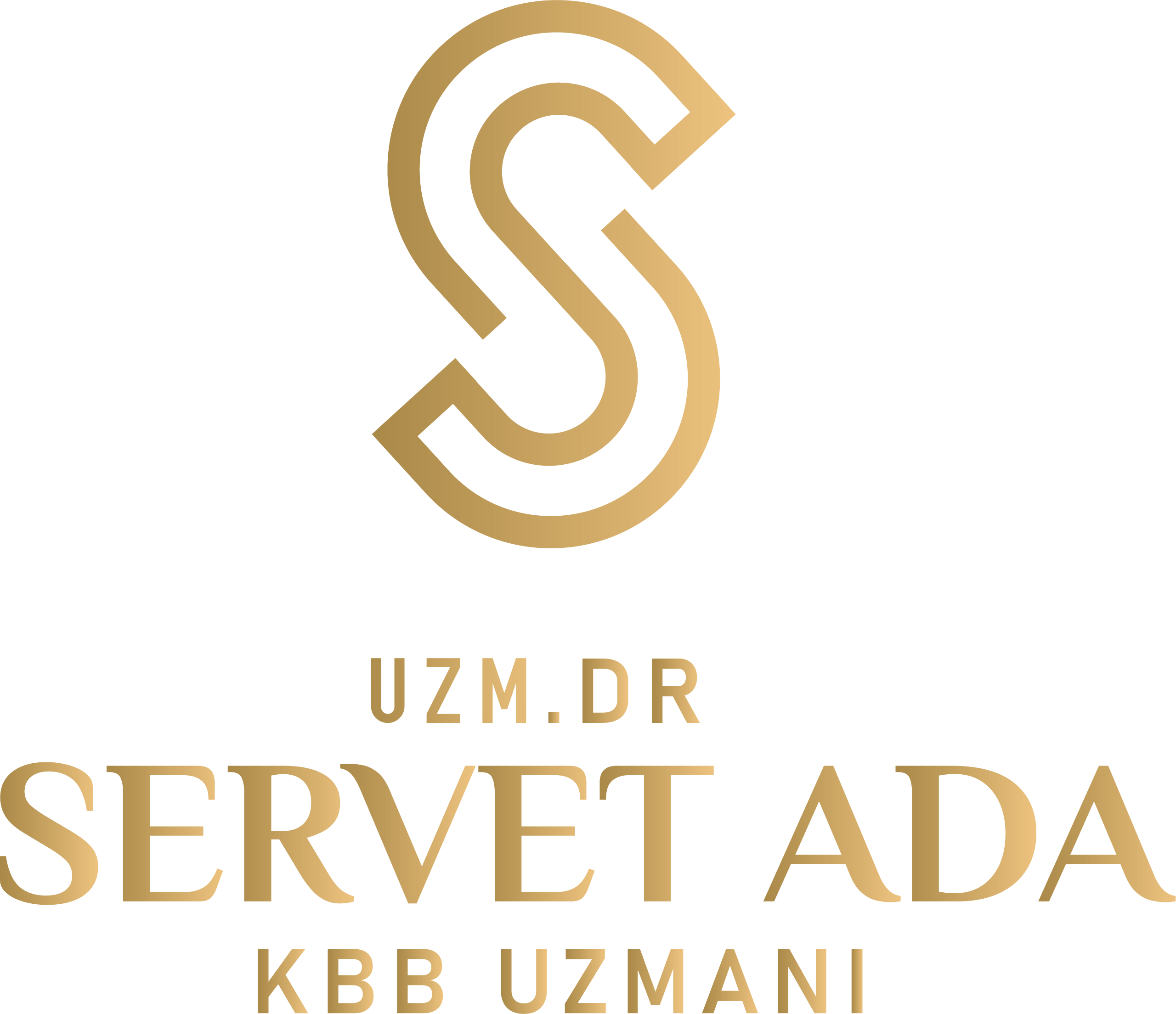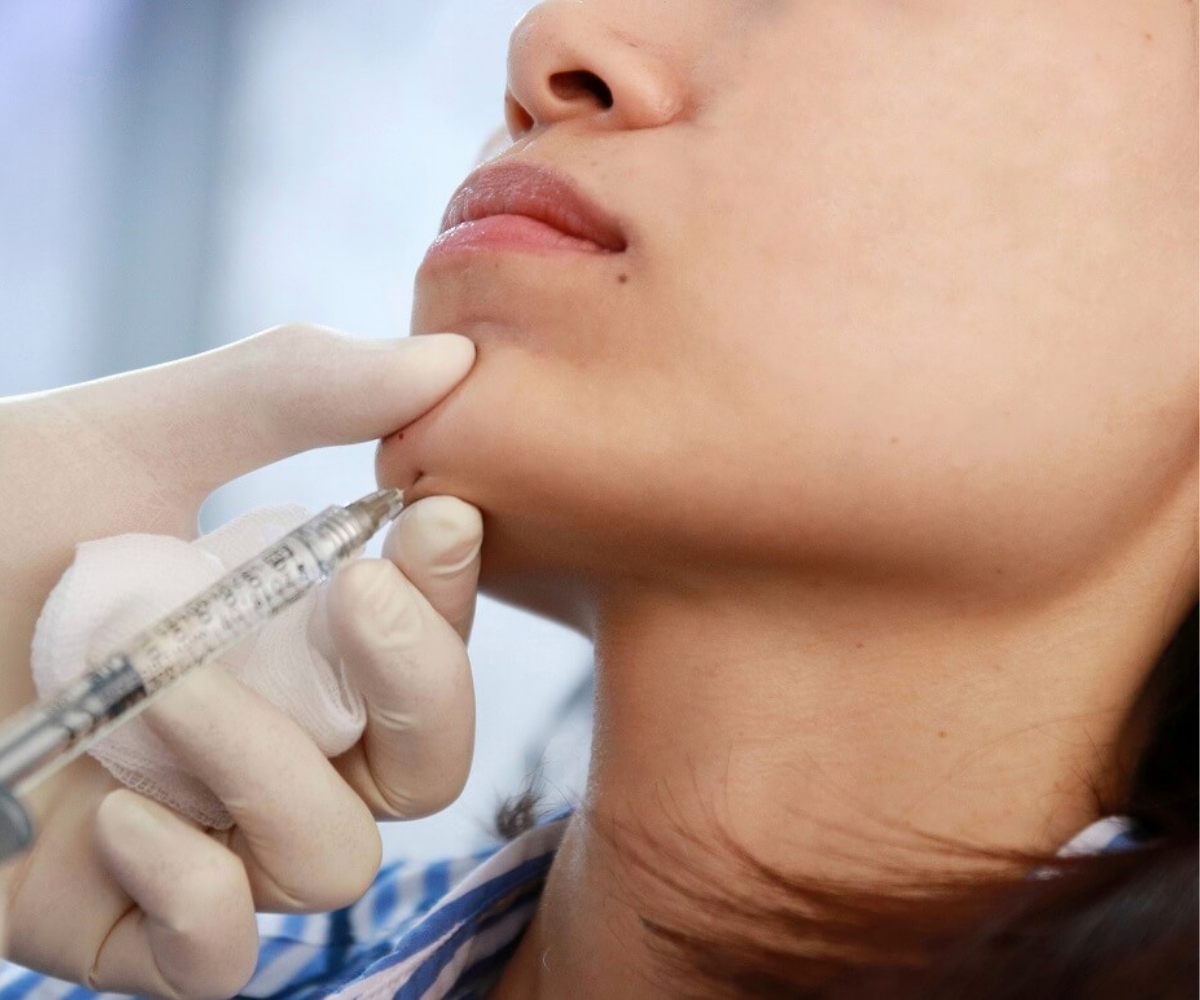Chin Filling (Jawline)
One of the most frequently preferred applications in chin aesthetics is chin filling. With this application, many problems such as asymmetry, pitting, inequality in the chin can be corrected, while jaw shaping can also be performed in accordance with the face shape. Especially the chin tip has a great effect on facial appearance. If the chin tip is not prominent or is further back than it should be, it can cause an unpleasant appearance on the face, making other parts of the face such as the nose, cheekbones or forehead look larger than they are. Chin filling can be applied to eliminate this problem. Although chin filling is a method that can be used frequently in many problems related to the chin, filling may not be sufficient in some cases. In such cases, surgical operations should generally be applied. It can be determined which treatment option is suitable for individuals with jaw deformity problems by applying to a specialist and undergoing an examination. If deemed appropriate by the physician, necessary plans can be made for chin filling or different aesthetic applications.
How is Chin Filling (Jawline) Done?
Chin filling is basically the process of achieving the desired appearance of the chin by injecting special filling ingredients into the chin. Chin filling can be applied to all individuals with a jaw disorder that can be corrected with filling. However, written parental consent is required for individuals under the age of 18. Before deciding on this procedure, the facial appearance should be evaluated and photographed from every angle. Structural disorders should be detected by analysing and comparing the obtained photographs with each other, and then the areas to be injected should be determined if the filling is decided. These fillers usually contain hyaluronic acid. However, in some cases, different filling materials such as bovine collagen or fat cells obtained from the patient's own body, biodegradable polymers and calcium hydroxylopatite can also be used. An allergy test should be performed at least 1 month before the fillers to be made using bovine collagen. All filling materials to be used must be products approved by the Ministry of Health. In patients who have decided to have chin fillers, the patient is first informed about the procedure when the appointment date arrives. Although anaesthesia is generally not required for chin fillers, in some cases, especially if the patient requests, creams that provide local anaesthesia can be used. After anaesthesia, the filling material is injected under the skin with the help of small needles.

